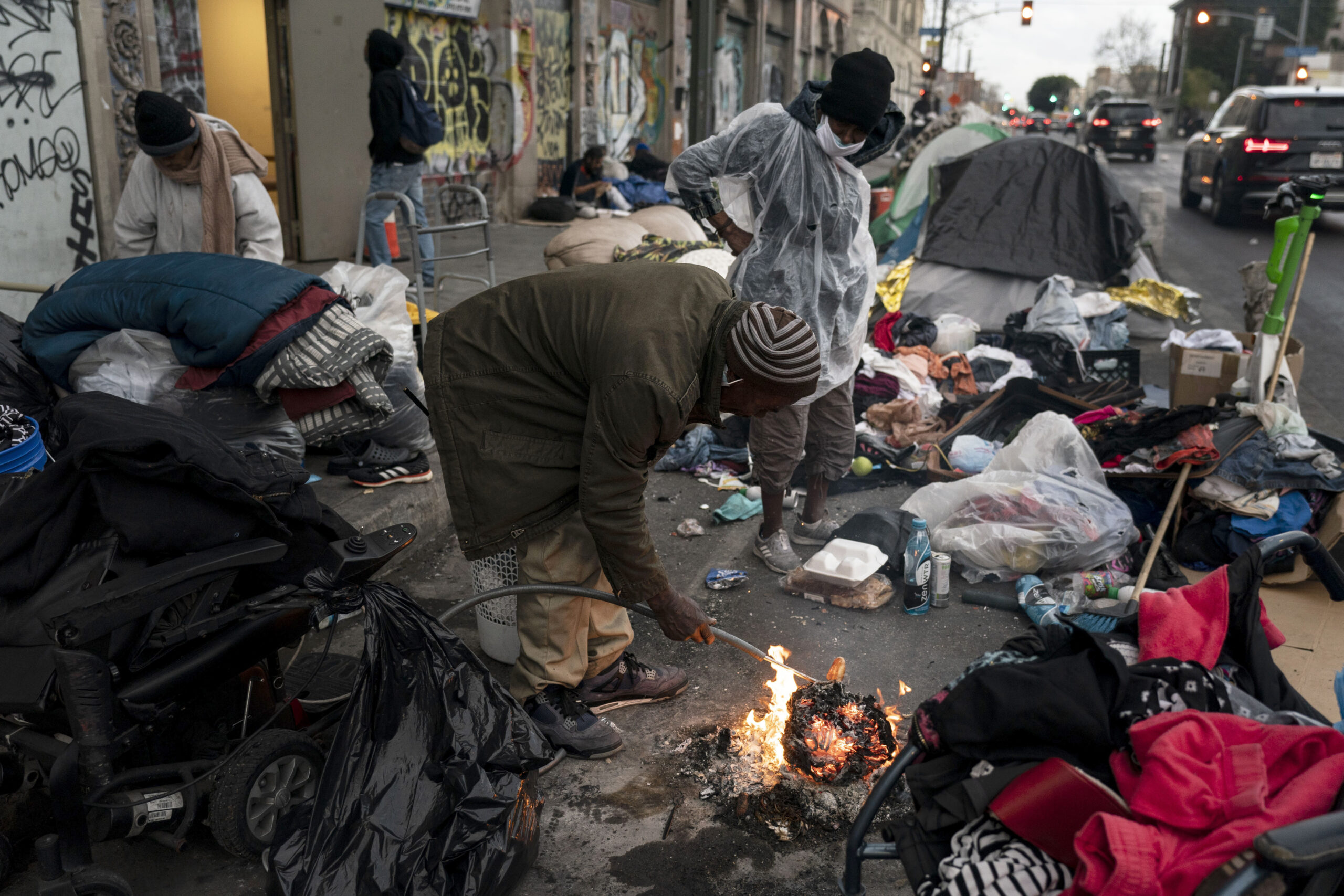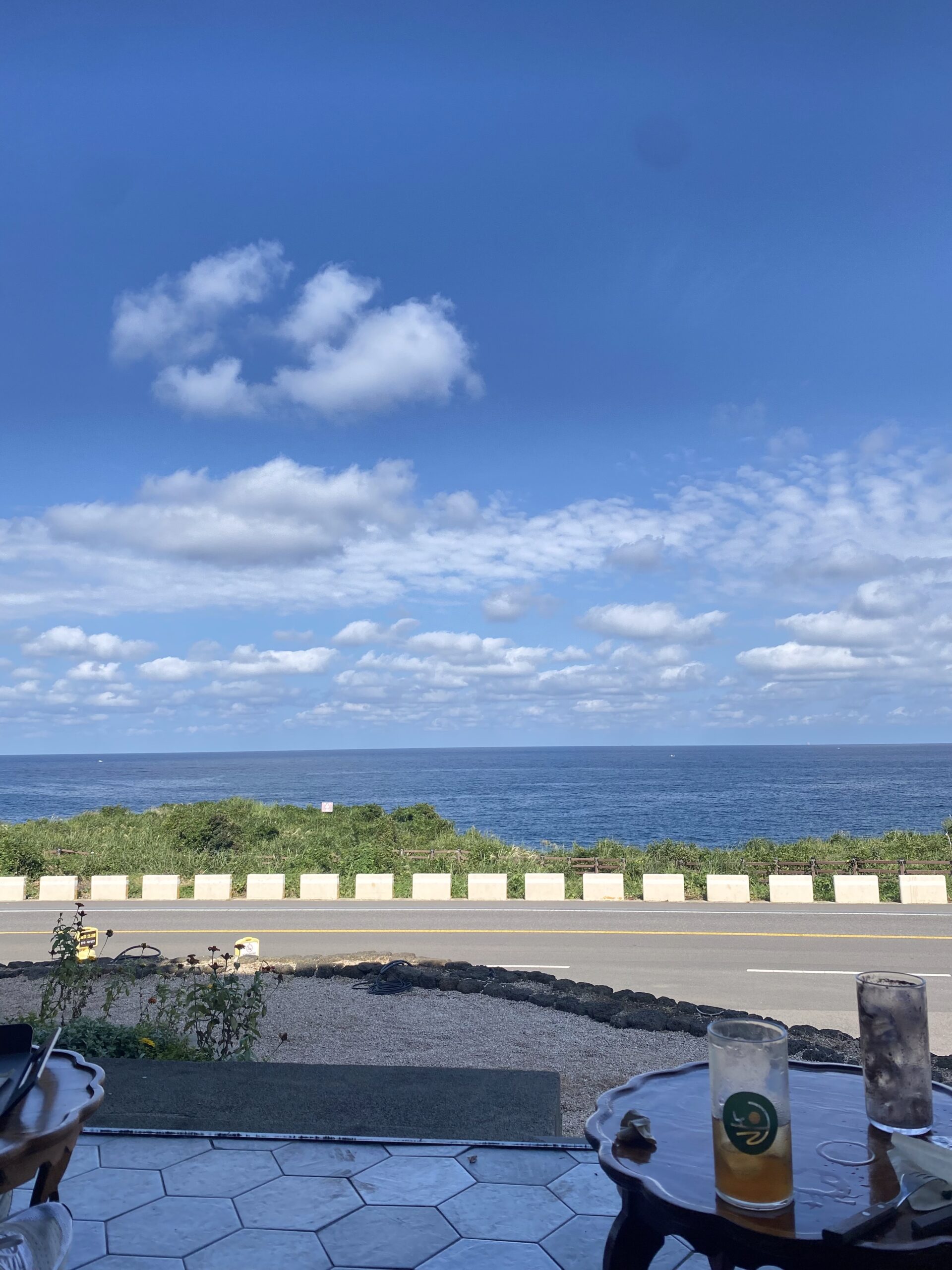San Francisco, known as one of the most popular and thriving cities of the US and California, an economic powerhouse and one of its biggest states, is facing serious issues: One of the biggest being an increasing population of homeless people.
An Increase in Homeless Population
While California is on track to become the fourth-largest economy in the world, it also hosts half of the unsheltered homeless population in the United States, with a significant share of the general population concentrated in the Bay Area. 70% of San Francisco residents cite homelessness among the top three problems in the city.. 38,000 individuals in the Bay Area are homeless, a 35% increase since 2019.
People who are experiencing homelessness are forced to navigate a complex shelter due to the capacity, services, and financial aid programs that vary not only in size and approach, but also in effectiveness. Homelessness in the Bay Area is the result of decades of systemic issues that have compounded and accelerated the crisis: racial wealth gap, historical redlining, nature of the social safety net, and reductions in affordable housing coupled with high housing costs relative to other areas.
Categorization of Homelessness
Research has proven that there are three distinct types of homeless experiences that have unique needs and potential solution pathways.
At risk of becoming homeless:
- These individuals were unhoused due to being unable to meet their everyday, basic needs for food, healthcare, childcare, and unexpected expenses. They would benefit from programs that allow them to live in sustainable houses such as increasing the affordable housing stock and enhancing income and economic mobility.
Non Chronic homeless:
- This is for most people who become homeless in San Francisco, their homelessness lasting a few weeks or months on average. They would benefit from improving the efficiency of existing resources and support to exit from the homelessness cycle.
Chronic homeless:
- These are people who have experienced homelessness for at least a year, or repeatedly. They are the most vulnerable people in the homeless community. The challenges of the chronically homeless extend beyond housing. Investing in intensive care involving long-term residential recovery programs, integrated care campuses, and permanent supportive housing would reduce the chronically homeless population.
Following issues
Drug Epidemic
Fentanyl, a highly potent opioid drug 50-100 times more powerful than morphine, has wreaked havoc nationwide. San Francisco has been hit the hardest. According to the San Francisco Chronicle Daily, the city might be poised to exceed a record 700 deaths for 2023, only three years after the last deadly threshold was reached. The drug overdose epidemic appears to have been concentrated in the city’s Tenderloin district, where Mayor London Breed declared an official state of emergency in December 2021.
The data also shows another grim figure: compared to 2010’s 13per 100,000 people overdose-related deaths, the rate stood at 49 per 100,000 just a decade later. In just ten years, there was a 370% increase. African Americans, who make up nearly 6% of the city, have been hit the hardest by the drug epidemic, the Chronicle reported. The city, known for its ‘60s hippie history and permissive stance when it comes to drugs, has not only been hit by Fentanyl-related deaths, even though they account for three-quarters of drug overdoses. Methamphetamine is also widely used in the city and also leads to numerous deaths.
Photo by Fortune




